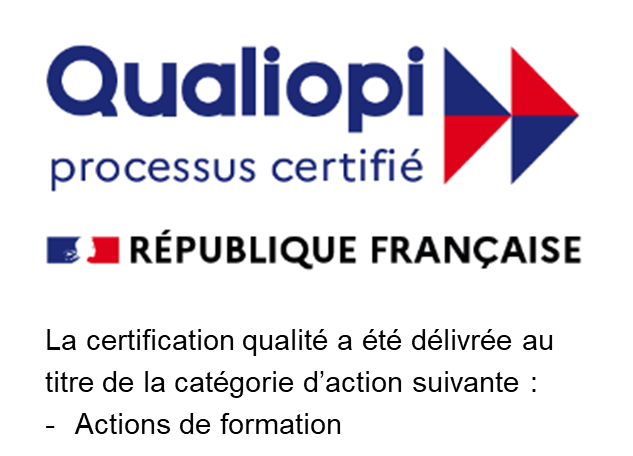China decided almost one year ago to implement strong and strict measures of quarantine in order to prevent the spread of Covid-19 and to ensure the safety of those living in China and traveling to China. While all measures are in place for safety and health reasons, China has a zero tolerance policy when it comes to violating quarantine policies.
I currently work in Beijing as a NetExpat Senior Consultant and last year I decided to go back to Germany, where I am from, with my daughters for 2 weeks. My 2 week trip quickly turned into 4 months and upon return to China I experienced the quarantine myself so I want to share my first hand experience .

















